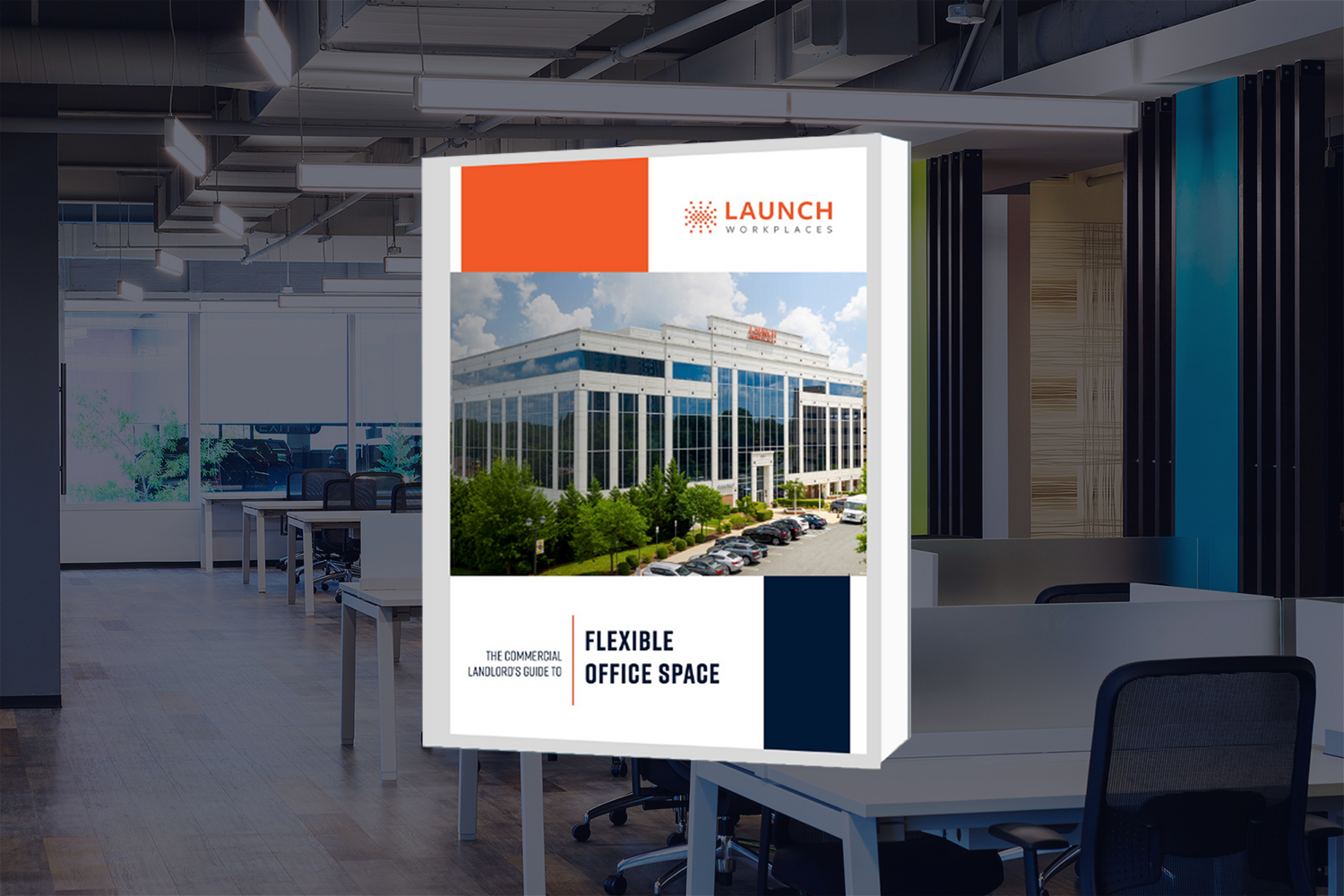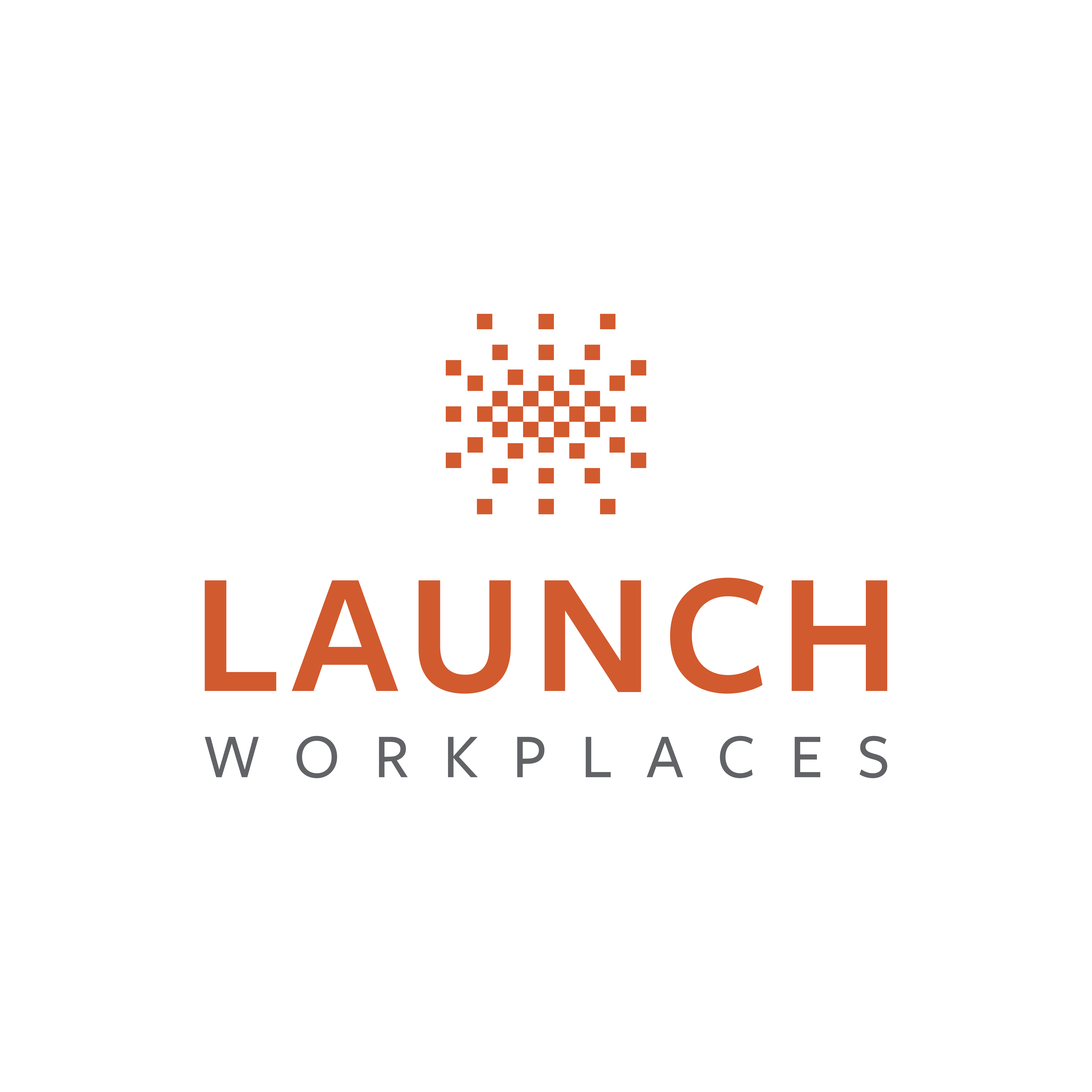One of the most common questions I hear from commercial property owners when they’re considering flexible office space to their portfolio is this:
Does my building have what it takes to be successful?
And I advise them that, while there are no guarantees in this business, the following five factors generally dictate the success of a building.
1. The Quality of Your Building
When you’re thinking about whether your building would be a good fit for a flexible office business, you can boil that down to simply asking yourself if your building would be a good fit for any tenant.
I’d advise you to think about the critical factors that determine how well any commercial real estate property will perform, including:
- Parking: Do you have parking on-site? If not, how close is it to your building? Do you offer free parking, or is it paid? If it’s paid, is this the same for every building in the area? Or are you the only one?
- Location: Where’s your building situated? What are its surroundings? Is it a safe and well-lit environment? Or is at the end of a dead-end street with no lights and you’re the only building on the block?
- Amenities: One of the most critical things in the success of any commercial property —especially flexible office space—is the presence of things that enhance the quality of life for your tenants. This would include things like gyms, cafes, and restaurants. Whether it’s an A building or a B building, the goal should be that, once your members come to work, they don’t need to get back in their car to access the things they need.
- Historical Performance: Look back at how your property has performed historically. If you’ve been 40% empty for 16 months, your building simply might not be a fit.
I believe that, ultimately, any building that’s good for tenants will be good for flexible office space.
2. Demographics in Your Area
Before you get into the flexible office business, conduct in-depth market research into the demographics of your area.
Who’s around? Are there people around that have the propensity to join one of these locations?
You need to know where your members would be coming from before getting into this process.
3. How Much of Your Building to Dedicate
The next thing to think about is how much of your building you need to dedicate to coworking.
There’s been a ton of discussion around this in the last two years and the COVID-19 pandemic will doubtlessly change things.
But as a generality, I would advise you not to dedicate more than 30% of your building to coworking.
The reason I say this is that buildings with less than 30% flexible office space typically trade for more than buildings with a higher ratio of flexible office space.
But as I said, COVID-19 will definitely change this. The way the world is evolving right now, flexibility is going to be at the forefront of what people offer, but only time will tell what that number ends up being.
4. Your Mindset as a Commercial Landlord
I can’t stress enough how important your mindset is when it comes to getting into flexible office space.
So, I’d advise you to consider why you want to get into this business. Is it because you’re in that situation where your building has been 40% empty for 16 months and you don’t know what else to do?
Or, do you really feel like you need flexibility as part of your portfolio going forward?
The difference will be the expectation of that space. And in my experience, I’ve found that the landlords who are convinced they need flexibility in their portfolio are the most likely to succeed.
5. Your Level of Comfort With Adapting and Being Flexible
As an extension of your mindset, you also need to consider whether you’re comfortable in being adaptable and flexible.
Like every business, flexible office space ebbs and flows. But if you’re not in the right mindset, every hiccup feels like the end of the world. You need to be able to wrap your mind around the fact that it’s a dynamic business.
For instance, at Launch Workplaces, we run pro formas month by month for 48 months. And while you can try to evaluate what could happen in that time, none of our pro formas could have predicted a pandemic.
So, for commercial landlords who feel like flexible office space is the future of work, a 90-day shutdown for the pandemic feels easier to handle than it does for a landlord who’s getting into flexible office space as a last-ditch effort to fill your space.
If you’d like to explore the possibility of adding flexible office space to your commercial portfolio, you can read a bit about our management process or get in touch with us. I’d be happy to talk to you about the process and conduct an evaluation of your building.




